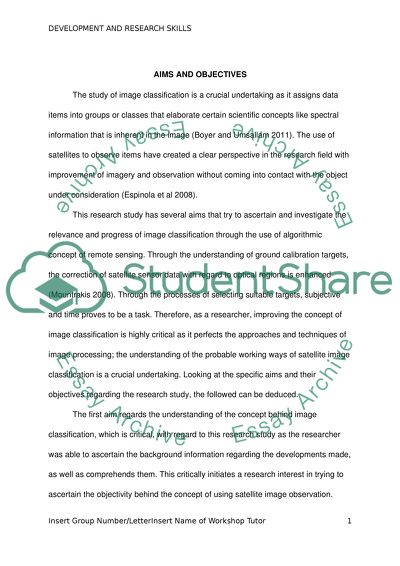Cite this document
(“Development and Research Skills: A Dissertation on Satellite image Essay”, n.d.)
Development and Research Skills: A Dissertation on Satellite image Essay. Retrieved from https://studentshare.org/information-technology/1443937-development-and-research-skills-a-dissertation-on-satellite-image-classification
Development and Research Skills: A Dissertation on Satellite image Essay. Retrieved from https://studentshare.org/information-technology/1443937-development-and-research-skills-a-dissertation-on-satellite-image-classification
(Development and Research Skills: A Dissertation on Satellite Image Essay)
Development and Research Skills: A Dissertation on Satellite Image Essay. https://studentshare.org/information-technology/1443937-development-and-research-skills-a-dissertation-on-satellite-image-classification.
Development and Research Skills: A Dissertation on Satellite Image Essay. https://studentshare.org/information-technology/1443937-development-and-research-skills-a-dissertation-on-satellite-image-classification.
“Development and Research Skills: A Dissertation on Satellite Image Essay”, n.d. https://studentshare.org/information-technology/1443937-development-and-research-skills-a-dissertation-on-satellite-image-classification.


